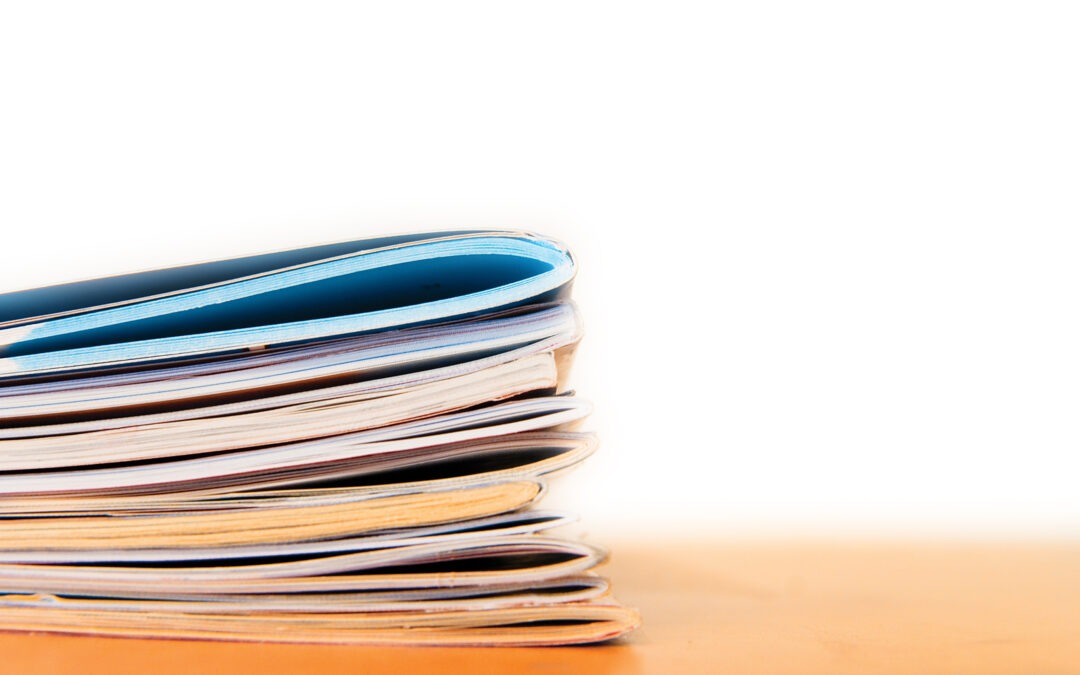The traditional printing of brochures is a pre-historic practice.
Basically, you have two options:
- Hand out a brochure – Wonder if the customer read it (or chucked it). Get no data on who took it.
- Send your brochure digitally via web/touch screens/QR Codes – See when the customer opened it, collect data on who the customer is and what products were of interest.
As far as I’m concerned, it really is a no brainer. There really is only ONE option – Digital!
There is a real shift happening when it comes to customer-centric sales and marketing. Buyers want innovative solutions that address their problems. It is why a hefty catalogue is no longer wanted or needed. There is nothing personal about that!
Adopting a consultative approach to sharing information can benefit businesses tremendously. It means sales teams (or even self-direct touch screen kiosks) can ask a few simple questions to determine what information should be shared. Hello, personalisation!
How going digital may revolutionise your business:
- It shows you’re a company that moves with modern trends. Think of the brand experience for your buyer. They will directly associate it to other areas of your business
- You will avoid time wasters. People tend not to give you their details unless they are genuinely interested. Think quality over quantity.
- It’s much easier to collect contact details and talk next steps. Details for information can be a very powerful tool in moving people through a sales cycle.
- You can track who is interested in exactly what product without the need for additional administration (cue smiling sales person)
- It creates a targeted profile on each customer. This is extremely important intelligence for all areas of your business
- You can measure the success of each product by using the supporting data, which can help with future marketing efforts.
- Self-direct touch screen kiosks are great options when a sales member isn’t available or if the customer isn’t ready to speak to a salesperson.
- The cost of setting it up in the first place will be offset many times over by not having to print, let alone the waste of obsolete brochures.
- Reduce your carbon footprint
The limitations of brochures:
- You collect zero data – i.e. who took what, what did they read, did they forward it to someone else (or turf it)
- Humans can be too polite; we take brochures even when we’re not interested
- Most of us (bar politicians) are environmentally conscious
- Company products and services are constantly evolving (existing brochures can quickly become obsolete)
- Professional print production is expensive (factor in all the costs, including design and delivery)
This article is to provoke thought on why switching to digital could be a smarter solution for your business. In some situations, physical brochures may still be warranted, but only when they add to the customer experience.
Putting aside the environmental factor (printing, transport, trashing when product information changes has an enormous carbon footprint), it’s the ease of use, deliverability and data capabilities that make this simple innovation a clear winner.
Touch screens and QR codes are becoming the norm. They address so many of the challenges both sales people and buyers face.
Our clients who have successfully implemented touch screen solutions have greatly reduced the quantity of hardcopy brochures they print. The sales team are encouraged to deliver information in the same way and in cases where a customer is self-directing, they are interacting with the brand and getting the information they need instantly.
If you would like a quick chat to learn how we could help you with your digital brochure strategy, get in touch today.
Chris







